
“Even now, with Thomas in front of me, the fire and the smoke and his parents’ burning bodies were so far away they seemed like someone else’s problem, which is awfully mean to say and in that way perfectly consistent with most true things.” (Page 27)
There are hopes, dreams, and failures in these pages, and with the first person narration, readers will be left guessing if its all a surreal dream/nightmare or a fantasy world created by an unreliable narrator for much of the book. With dark humor Clarke pokes fun at the white towers of academia and its unstable residents, while at the same time leading readers on a journey in which a son learns the truth about his parents and himself. But there are whimsical moment too, in which readers familiar with New England residents and culture will see it clear as day in the northern parts of New Hampshire and the suburban sprawl of Massachusetts.
There are secrets in these pages, and much of it reads like the rambling of a lonely man or even a mad man. Too much of it is dreamlike, with the reader left swimming in the ooze of self-doubt, judgment, and confusion that is Sam. There are burning literary icons’ houses in the novel, but whether its actually a guide to anything other than constant meandering and second guessing is hard to tell. Through a stream-of-consciousness prose, Clarke allows Sam to tell his heartbreaking story of how he became an arsonist, is subsequently set up for setting more fires, and how his ideas about what his family was are shattered. While he blames most everyone or his own “bumbling,” which he claims cannot be controlled or modified, it is clear that Sam fails to have enough conviction or determination to make real changes.
“Was I angry? Of course I was. Is this what memorists did? Steal someone else’s true story and pass it off as their own?” (Page 89)
An Arsonist’s Guide to Writers’ Homes in New England by Brock Clarke is hardly boring, but oftentimes, the reader is left too in the dark about the motivations of the character or what the point of the story is. Readers will struggle with whether they should keep reading to find out what happens or whether to give up because they just don’t find Sam to be sympathetic. Although the dark humor and literary jabs are entertaining, they can get old after a while. Reading this as part of an informal read-a-long with Literate Housewife and Indie Reader Houston helped motivate me to finish the book, which was mildly entertaining at best. In a way, it was like the author was trying too hard to be surreal and darkly humorous about literary figures, which took away from a story that could have been much deeper and dramatic.
There is a fantastic Q&A in the back of the book between the author and his main character, Sam, which would help book clubs navigate this puzzling predicament of a novel.
Other Reviews:
We Be Reading
Bloody Hell! It’s a Book Barrage
Shelf Monkey
Hey Lady! Whatcha Readin’
Literate Housewife
photo credit: Jon Hughes / Photopresse
About the Author:
Brock Clarke is the author of five books, most recently Exley and An Arsonist’s Guide to Writers’ Homes in New England, which was a national bestseller and has appeared in a dozen foreign editions.
His stories and essays have appeared in the Virginia Quarterly Review, OneStory, The Believer, the Georgia Review, and the Southern Review and have appeared in the annual Pushcart Prize and New Stories from the South anthologies and on NPR’s Selected Shorts. He lives in Portland, Maine, and teaches creative writing at Bowdoin College.

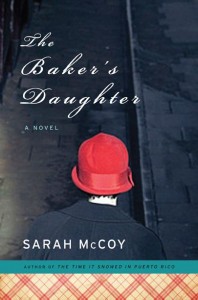

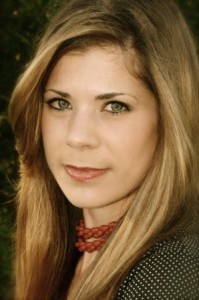
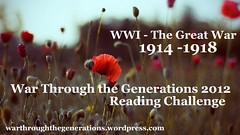
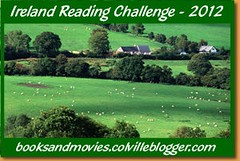

 About the Author:
About the Author: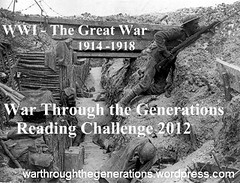 This is my 6th book for the WWI Reading Challenge.
This is my 6th book for the WWI Reading Challenge.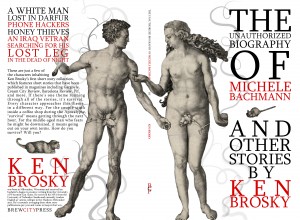
 About the Author:
About the Author:







